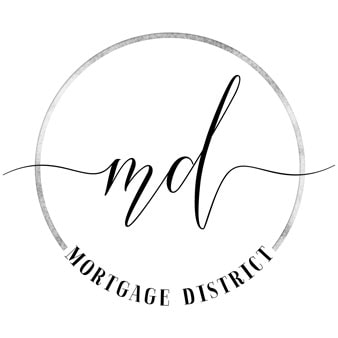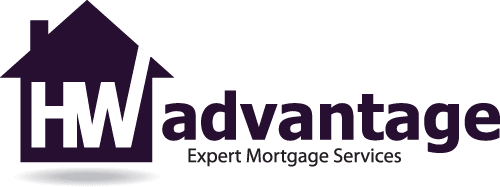HELOC Home Equity Line of Credit
The big banks have slowly and quietly introduced new regulations that could affect some 3.1 million Canadians with home equity line of credits.
So what changes are we talking about here and how can it impact you?
Well, for those looking to qualify for a mortgage – new or renewal – you may now be asked to prove that you can pay your debt based on your mortgage amount, plus your FULL line of credit available balance amount. In past years if you had a $100,000 line of credit and you owed zero dollars, it wouldn’t even be taken into consideration. If you owed, $10,000, that amount would be added onto your mortgage amount to determine the total amount of debt to be re-paid. Today, that full $100,000, regardless of how much you have used, will be added to your mortgage to determine eligibility.
Let’s look at a scenario with some basic numbers added in:
2017: You were applying for a mortgage of $375,000 and had a HELOC of $200,000, but have only used $10,000, so you would be applying for a mortgage based on your ability to pay back $375,000 at a rate of 2.99% and a HELOC of $10,000 at a rate of 5.34% over a 25-year amortization period. You would proving you could afford roughly $1830.86/month.
2019: Same scenario looking ahead to January 2019. You now are looking at proving you can pay back the $375,000 at 5.34% and a HELOC limit of $200,000 at a rate of 5.34% over that same amortization period. You would now be looking at proving you could afford roughly $3,456.38/month.
Pretty significant when you put numbers to it. This is another rule change making it harder for Canadians to be able to purchase additional properties (rental or vacation homes) and will hinder many peoples ability to “shop around” for the best mortgage option/rate at their renewal dates or for refinancing. Keep in mind, banks are well aware of this fact and we’ve already seen banks offering high rates to their renewal customers because they know a large number of their clients will be unable to qualify elsewhere.
On the surface, these changes are being introduced to help Canadians manage their debt-load; especially in times of financial flux. TD Canada Trust announced their new approach on November 5th stating that the changes were “prudent underwriting guidelines that reflects concerns around consumers’ abilities to manage debt.” However, these changes indirectly give Banks a considerable amount of power over their existing borrowers and hope that the government considers this as they roll out future regulations. Options and competition are always a good thing and this change may be pushing our country in the wrong direction if not handled carefully.
For those who have been turned down for a mortgage under these new regulations, or expect to be rejected, there are some workarounds:
1. Cancel your HELOC all together and take it out of the equation
2. Lower your HELOC if you are close to qualifying, but just out of reach
3. Find a co-signer to help you qualify
4. Work with a broker to find another lender… never settle for the first answer
My Tip: Working with a broker can help you identify risk-reduction strategies before you apply. If you can’t qualify for a mortgage with your current line of credit, consider lowering your limit rather than cancelling all together. You still might want that safety net for life’s mishaps.
Want to get started? Contact us by filling out the form below or by calling us at 905-541-6961.
Please call me with any questions.


